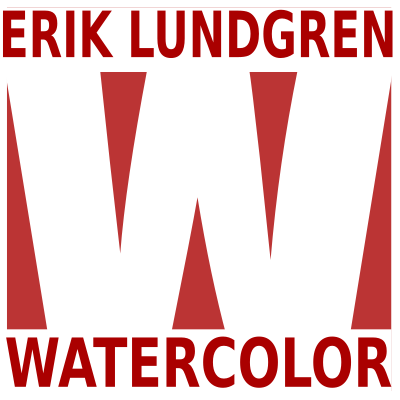Earth colors

Earth colors, the name itself has character, it says that the color is original, genuine, natural. Nothing can be further from the truth.
The traditional index names for true earth colors are PBr7 and PY43, they should be natural iron oxides extracted from clay soils. In fact, these names are now worthless. The paint manufacturers use synthetic iron oxides, pigments produced for leather and wood dyeing or for the plastics and ceramics industry,
In the early 2000s, the SDC (Society of Dyers and Colourists) intended to replace the names PBr7, PR102 and PY43 (natural iron oxides), with the names PBr6, PR101 and PY42 which are synthetic pigments, according to Bruce MacEvoy from Handprint resulted in intense lobbying from manufacturers to keep the old names, so that new synthetic pigments can have the traditional index names for genuine pigments. It succeeded, even if the idea is not forgotten.
Therefore, nowadays almost all earth colors are synthetically produced paints intended for other uses. The genuine ones have disappeared with a few exceptions. There are manufacturers like Daniel Smith who still use genuine earth pigments for some of their earth tones, but you as a consumer can not rely on the description of the paint manufacturer, PBr7 means nothing today.
Burnt sienna or raw umbra do not stand for a certain pigment with a certain color tone. It is a traditional color that all manufacturers interpret in their own way. They are all different. A burnt sienna can be anything from intensely colorful orange-brown to greyish dark reddish-brown. It’s the same with all earth tones, here’s an approximate description:
Raw sienna and yellow ocher are yellow-brown, some are very yellow, others more brown, some are cold yellow while others are warmer, more orange, Sienna is more transparent than ocher.
Burnt sienna and red ocher are orange-brown, sienna is transparent while ocher is opaque. The color tone varies from intense orange-brown to darker more cloudy red-brown
Raw Umbra is darker than raw sienna, usually quite transparent. Sometimes clear yellow dull hue, but sometimes more gray.
Burnt Umbra is darker than burnt sienna, otherwise the same, color tones from darker orange-brown to dull reddish-brown.
Then there are all the different iron red colors: indian red, venetian red, light red, Caput mortuum and more. All of varying degrees of dullness, they are usually very opaque. The entire color range from light orange-brown to blackish violet
Traditional names are also March brown, pozzuoli earth, brown madder while other colors have pure fantasy names. One should be aware that what separates e.g. a sienna from an umbra is just the manufacturers vision of of the colors. Some of the earth colors are mixed colors, they consist of several different pigments.
Therefore, I recommend that instead of buying a burnt sienna from your favorite brand to compare different burnt sienna and then choose, you may want a clear orange variant, but the sienna from your brand is more gray-brown. So check out what is available before you decide, Do not care if the pigment is PBr7 or PR101, synthetic or genuine is the same thing in terms of earth tones nowadays.














And oxides are very inexpensive pigments! PR101 and PBr7 are very different. I prefer PR101. What’s your take on DS PrimaTek?
PBr7 is usually not at all what it claims to be. PR101 is always PR101. I use W&N Burned Sienna which is PR101.
I have quite a few Primatek and they are all different, some are fantastic, others are not good
Tack!